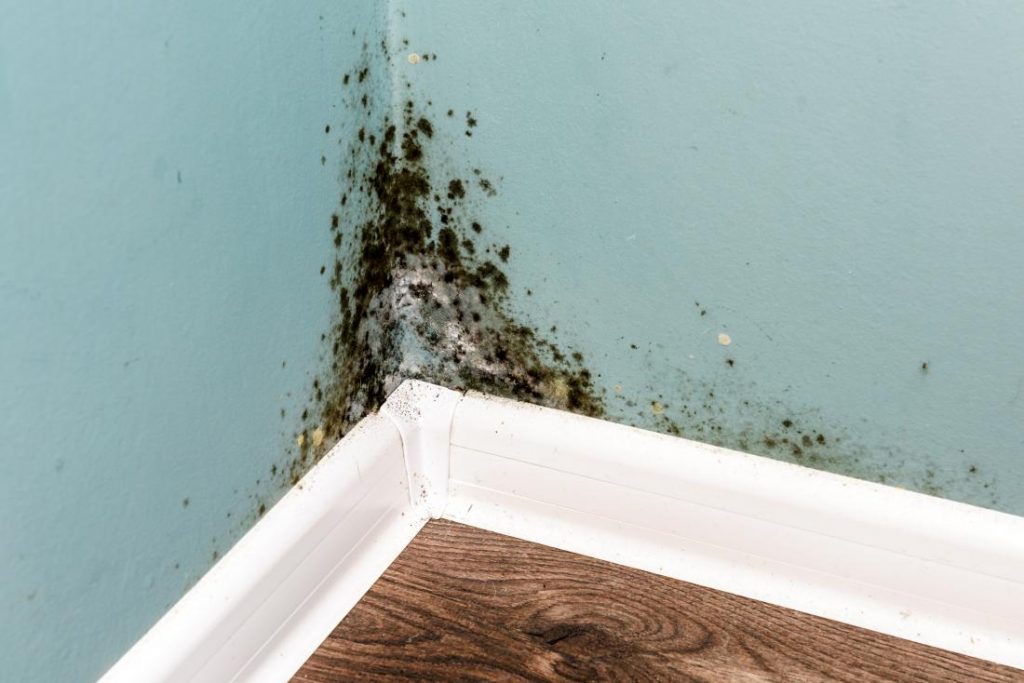
How To Get Rid Of Mold Once And For All
When the weather gets cold, it’s tempting to stay in the shower for a long time and close the windows, avoiding circulation to make the rooms warmer. However, these attitudes can be very harmful, both for the structure of your property and for your health: humidity is practically an invitation to fungi (especially mold) and mites, which can trigger severe allergies in residents, in addition, to create stains and seepage, which are capable of permanently damaging the walls of your home.
Thinking about these problems, which are aggravated in winter, we talked to professionals. We separated fundamental tips so that you can prevent yourself and get rid of once and for all of the unpleasant effects that humidity can cause!
What To Do To Fight Mold?
Before mold clean up company talk about removing mold or trying to cover it up with some coating or paint, the problem needs to be resolved. Some methods protect the house’s foundations from mold invasion and infiltration throughout the year, and they are essential to avoid long-term headaches.
The main recommendation is to hire a specialized company or a qualified professional to act preventively during the construction period of the property done correctly; the waterproofing prevents possible losses and maintains the resident’s safety for several years.
“To avoid problems with mold and stains on the walls and ceilings resulting from infiltration, we recommend that the entire construction be waterproofed, whether in basements, slabs, swimming pools, or foundations. After all, waterproofing done properly can last up to 25 years, which represents savings and long-term well-being.”
Another critical tip, also according to the specialist, is to identify the most suitable type of product. “There are several options available on the market, but it is possible to differentiate waterproofing products into two groups: rigid ones, which incorporate the structure and tend to be porous; and flexible ones, which adapt to possible movements in the structure.” Once the type of product is identified, the second step is to get down to business.
To help identify infiltrations, especially when the coldest season arrives, four spots are indicated where this problem can manifest itself more efficiently and, of course, how to solve them in a practical and straightforward way
